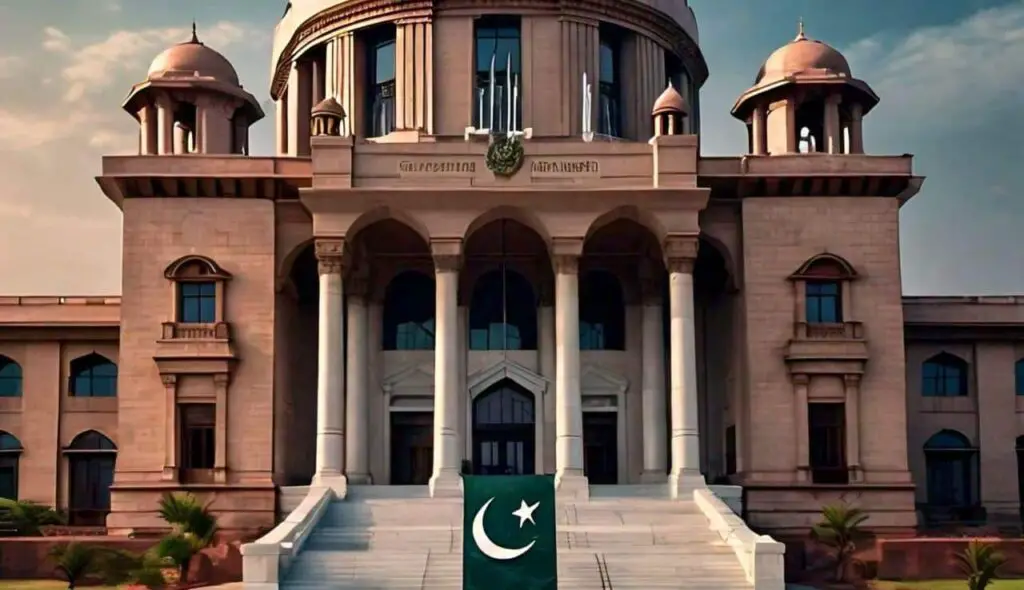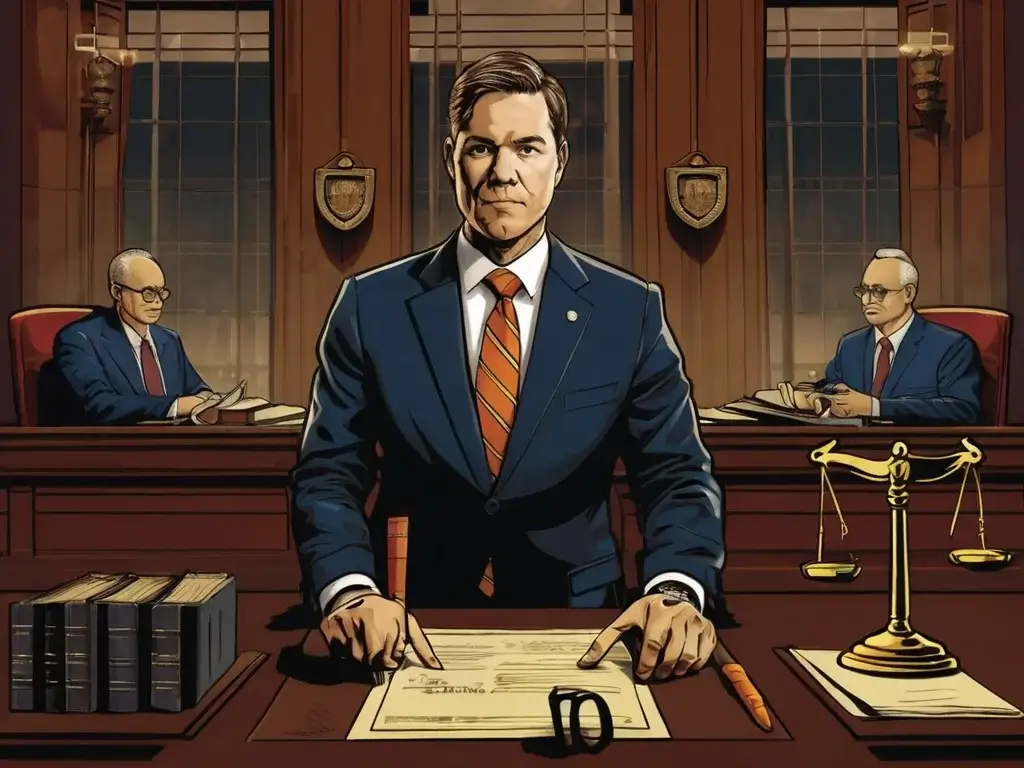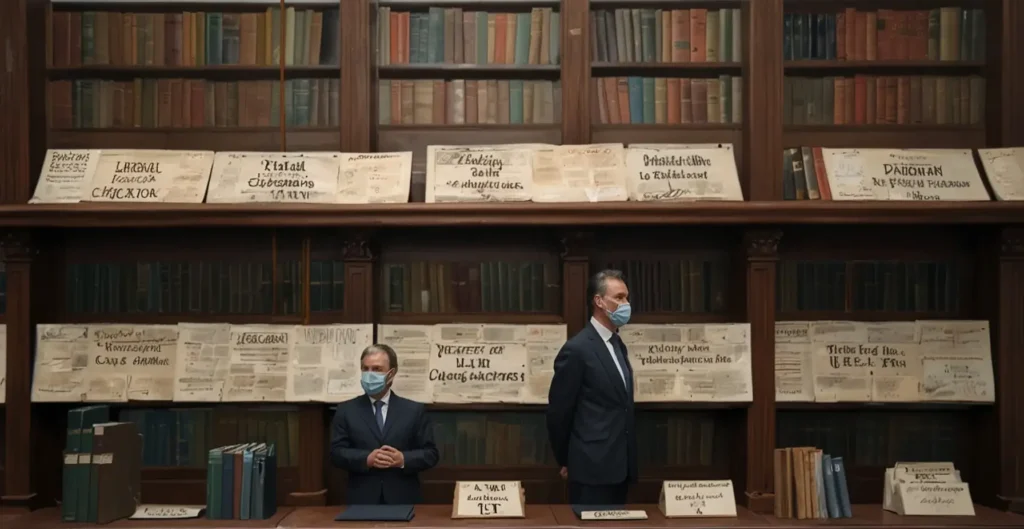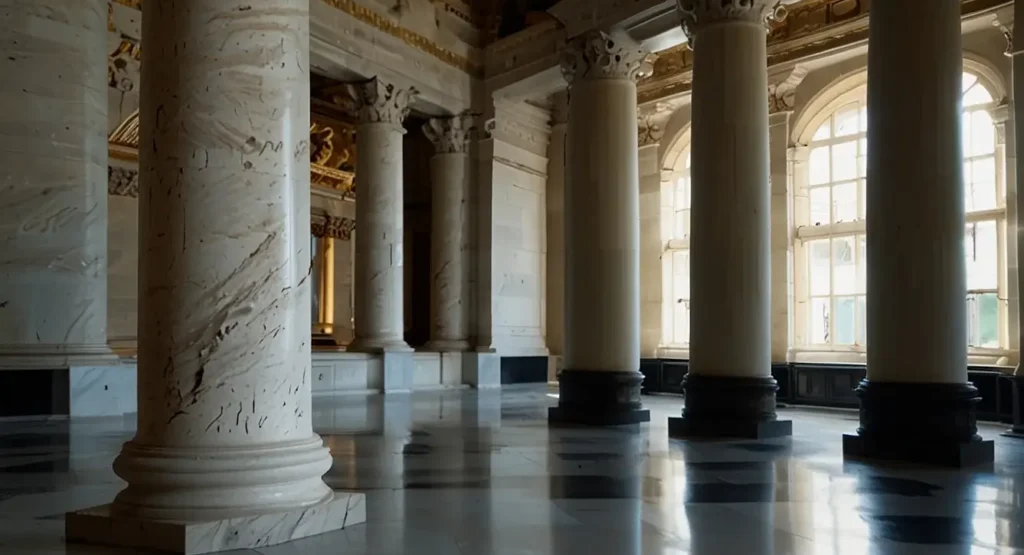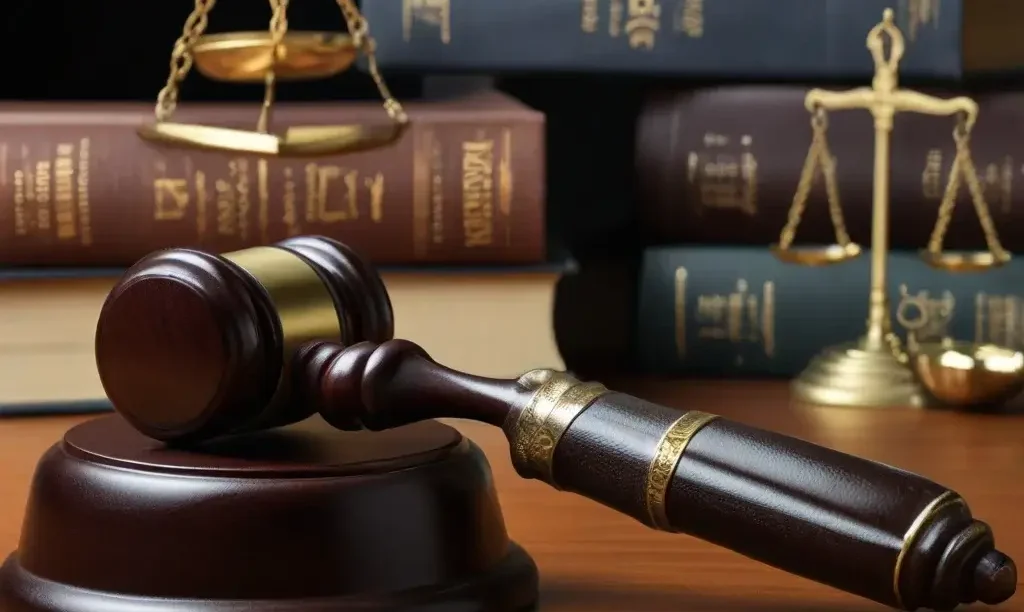The paramount objective of every nation is the social welfare of its people. The particular socio-political situation and unique needs of a nation determine the selection between a parliamentary and presidential system of governance. There are fundamentally two types of democratic governance systems. Democracy constitutes the cornerstone of efficient government and administration in all nations. Democracy may be categorized into two types: representative and direct. Currently, most nations worldwide function under a framework of representative democracy.
In a presidential system of governance, administrative authority is concentrated in a singular individual who acts as the chief of the executive branch. The figure referred to as the president functions autonomously from the legislature. The parliamentary system of government is a democratic framework in which the administration derives political legitimacy via accountability to the legislature. Besides the parliamentary and presidential systems, a hybrid system that amalgamates features from both is also feasible.
Presidential System of Government
This government structure features a one executive – the president. Consequently, it is sometimes termed the single executive system. The president functions as the leader and chief executive of the state and government, chosen directly by the populace. The head of government and the head of state occupy the same office. Moreover, the executive is not answerable to the legislative.
The legislative functions independently from the executive branch in a presidential system of governance. The three branches of government – legislative, executive, and judicial – function independently of each other. The legislative is responsible for creating laws, and the executive, headed by the president, guarantees their implementation. The judiciary, conversely, performs judicial functions.
Several countries have a presidential form of government, including the United States, Brazil, South Korea, Turkey, the Philippines, Indonesia, and more.
Features of the Presidential System

- The executive (President) possesses the authority to veto legislation enacted by the legislature.
- The President’s term is established and resistant to termination by a vote of no confidence in the legislature.
- The President possesses the ability to issue pardons or lessen sentences for those guilty of offenses.
- The President is elected either by a direct popular vote or by an electoral college.
Merits of the Presidential System
Here are some advantages of the presidential system;
Division of Authority
The efficiency of administration is markedly enhanced due to the autonomous operation of the three arms of government. Notwithstanding the distinct separation of powers, the executive and legislative branches meticulously oversee one another.
Expert Selection
Since the executive is not required to be a legislator, the President possesses the discretion to choose specialists in their respective domains to oversee pertinent departments or ministries. This guarantees the inclusion of competent and knowledgeable personnel in the government.
Stability
This governmental structure has significant stability. Considering the president’s limited tenure and the absence of reliance on majority support in the legislature, there is no cause for apprehension over the loss of government. The government is not at imminent risk of collapse. The president’s decision-making is free from political pressure.
Reduced Threats of the Party System
Political parties generally refrain from trying to remove the government due to the fixed tenure.
Demerits of the Presidential System
Here are certain disadvantages of the presidential system:
Less Accountable Executive
Given the lack of legislative oversight over the executive branch, there is a risk of the head of government becoming authoritarian.
Conflict between the Executive and Legislature
Due to the clear delineation of authorities, disagreements may emerge among various parts of government, especially when the president’s political party lacks a legislative majority. This can result in a decrease in efficiency due to time being wasted. However, a difference in political affiliation between the president and the legislature can lead to disagreements and clashes.
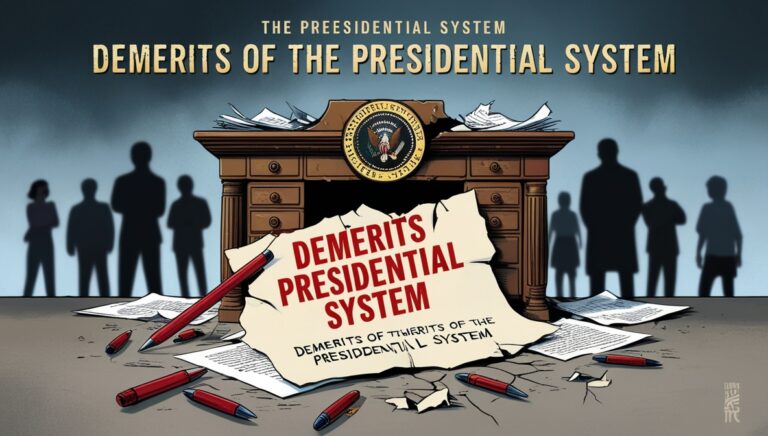
Inflexible Government
Some people criticize presidential systems for being inflexible. There is a lack of flexibility. Removing a president who lacks popularity among the people can be incredibly challenging.
Patronage System
The system bestows upon the president significant patronage authority. He possesses the autonomy to appoint executives based on his choices. This results in the spoils system, when persons with personal connections to the president, such as family members or business partners, are assigned to governmental roles.
Parliamentary System of Government
In this specific government structure, two chambers possess executive authority. The president functions as the chief executive and leader of the state. The president’s function is mostly ceremonial. The prime minister possesses considerable influence as the chief executive and government leader, collaborating closely with the cabinet to use their enormous powers. It is usually referred to as the “cabinet form of government.” Since the Parliament is directly accountable to the populace, it is often termed a “responsible government.”
The executive is accountable to the legislature. Consequently, a clearer separation of powers is required, as contrast to a presidential system of governance. Pakistan favored a parliamentary style of governance mostly due to the significant impact of the English model on the constitution drafters. Additionally, the parliamentary model would proficiently cater to the requirements of the many demographic groupings inside our populace.
Moreover, the inflexible separation of powers under the presidential system may result in conflicts between the executive and legislative branches, presenting a considerable challenge for our newly formed nation. Germany, Italy, Japan, the United Kingdom, Pakistan, India, Portugal, and several more nations employ a parliamentary style of governance.
Features of the Parliamentary System
Following are the key features of the Parliamentary system of government;
Coherence between the Legislative and Executive Branches
The executive branch consists of the Prime Minister and the Council of Ministers, and the Parliament functions as the legislative. The Prime Minister and ministers are elected by Parliament members, indicating that the executive branch originates from the legislative branch.
Executive Responsible to the Legislature
The executive is responsible to the legislature. There exists a collective responsibility, signifying that each minister’s obligation is the obligation of the entire Council.
Co-Executive
There are two executives: one is a genuine executive, while the other is a nominal executive. The nominal executive is the head of state, such as a president or monarch, but the real executive is the Prime Minister, who functions as the head of government.
Process Confidentiality
Confidentiality of cabinet sessions is crucial for this form of administration and is not meant for public disclosure.
The Leadership of the Prime Minister
The Prime Minister is the head of this kind of government. The leader of the party that obtains a majority in the lower house is usually appointed as the Prime Minister.
Bicameral Legislature
Numerous parliamentary democracies possess a bicameral legislature including a Senate and a National Assembly.
Government Dependency
The longevity of an administration is contingent upon the degree of support it garners in the lower chamber. Should the administration fail to get a vote of confidence, the Council of Ministers must resign. A new administration will be established in forthcoming elections.
Merits of Parliamentary System
The parliamentary system has several advantages:
Legislative Assistance
The executive’s affiliation with the legislative, along with the overall support of the majority for the government, facilitates the passage and implementation of legislation.
Promotes a Democratic Atmosphere
Due to the interrelationship between the executive and the legislative, together with the capacity to dismiss the executive via a motion of no confidence, authoritarianism is precluded. Moreover, authority is not concentrated in a single entity, as opposed to a presidential government.
Accountable Governance
Legislators have the ability to pose inquiries, participate in debates on issues of public concern, and apply pressure on the administration. The parliament have the power to supervise the activities of the executive branch.
Represents Different Communities
The parliament guarantees representation for a diverse array of organizations inside the nation. This is especially important for a country such as Pakistan.
Flexible Framework
The system exhibits a degree of flexibility, enabling the seamless replacement of the Prime Minister as required. Amidst the upheaval of the Second World War, Neville Chamberlain was succeeded by the steadfast Winston Churchill as Prime Minister of Britain. Unlike the presidential system, where a leader may only be changed upon the completion of their full term or by impeachment or incapacity, this scenario differs.
Demerits of the Parliamentary System
Here are some disadvantages of the parliamentary system:
Lack of Power Separation
The absence of a genuine separation of powers complicates the legislature’s ability to hold the administration responsible. This is especially applicable when the administration possesses a substantial majority in the House. Moreover, lawmakers are constrained from utilizing their own discretion and casting votes based on their personal insights and beliefs owing to anti-defection regulations. The party whip constrains them, inhibiting the expression of their individual will and ideas in decision-making.
Inexperienced Lawmakers
The system produces legislators who are solely focused on pursuing executive positions. They lack the necessary qualifications to make legislative decisions.
A State of Instability
Given that governments rely on demonstrating a majority in the house, the absence of a single-largest party following elections can lead to instability. Coalition governments often face challenges in maintaining stability and a long life. Due to these circumstances, the executives’ priorities lie more on maintaining their position of authority rather than concerning themselves with the well-being of the people.
Incompetent Ministers
The executive should be affiliated with the ruling party. This eliminates the possibility of hiring industry experts for this position.

Lack of Prompt Decision-making
The lack of a defined term for the Council of Ministers often inhibits it from adopting bold and long-term policy decisions.
Party Politics
Political dynamics are particularly pronounced in the parliamentary system, where politicians are often motivated by partisan concerns rather than the broader national welfare.
Excessive Bureaucratic Control
Civil servants wield considerable power. They advise the ministers on several matters and are not accountable to the legislature.
Difference Between Presidential and Parliamentary Form of Government
| Context | Parliamentary | Presidential |
| Separation of powers | A governmental structure in which the administration is answerable to the legislative, rendering it reliant upon that body. | A system of government where the different branches (legislature, executive, and judiciary) operate independently from one another. |
| The Election Process | Representatives of the legislature are elected by the people. | The president is directly chosen by the people. |
| Executive | It operates as a dual executive. A distinction exists between heads of state and heads of government, such as the president and prime minister. | The head of state and government is same, constituting a unified administration. |
| Ministers | Selected from the members of parliament. | Individuals who are not part of the legislature have the potential to be appointed. |
| Suspension of the Lower House | The Prime Minister possesses the ability to dissolve before to the expiration of the designated time frame. | President has no authority to dissolve. |
| The tenure of the head | The prime minister’s tenure is not fixed as it relies on the support of the parliamentary majority. | The president’s term is fixed. |
| Autocracy | It is more democratic. | There is a greater chance of autocracy. |

